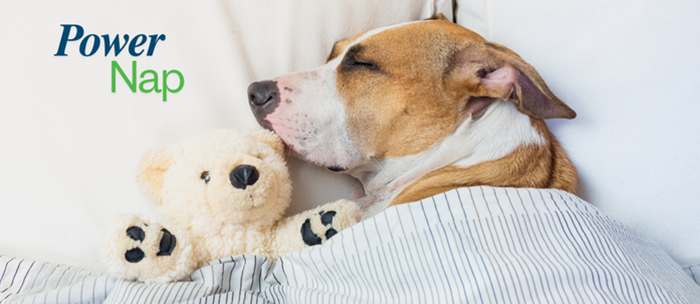
The term “power nap" was developed by psychologist, James Maas from Cornell University to describe a short period of sleep that is not long enough to progress into a state of deep sleep. A power nap is usually about ten to fifteen minutes in duration but it can be a few minutes longer. To be effective, a power nap should be no longer than half an hour; otherwise, there is a tendency for the sleeper to appear sleepy and remain in a state of impaired alertness for some time after waking.
In some cultures, especially in Mediterranean countries, afternoon siestas have become the norm, with people retiring during the heat of the day to rest, sleep and refresh themselves to complete work in the cooler part of the day. This siesta is accommodated throughout the culture, with people staying up longer, dinner occurring later and shops staying open longer than is the norm in this, Australian culture.
Some cultures now recognize the benefits of having sleep pods so that workers can have a 'power nap' close to work during the day to enable them to work well or 'power through' the rest of the day, at work.
On school days, it is not usually possible to have a 'power nap' but a student might use a 'power nap' during a day on the weekend to try to catch up on sleep missed during the week as well as to 'power on' with their academic work later than usual.
When studying, I could easily have a power nap and wake myself up in time to continue working; I'm not sure I could do so now but when using 'power naps' I found myself more alert, more focused and with a better memory for information that I was memorizing for exams – established benefits from having a daytime nap.
With current brain research – especially regarding neuroplasticity – there have been significant benefits associated with having sufficient sleep. It is important for everyone, especially growing adolescents, to have the required amount of sleep. So-called 'natural' sleep aids such as melatonin are frequently used to help people become drowsy and get to sleep but this form of medication may not be useful in the day when one is having a power nap because it is important to wake up refreshed rather than remain drowsy.
Most adults require an average of eight hours of sleep per night but growing adolescents require an average of nine and a quarter hours of sleep and a power nap on the weekend might be just the way to build sufficient sleep while also getting academic work completed.
© Michele Juratowitch
michele@clearingskies.com.au